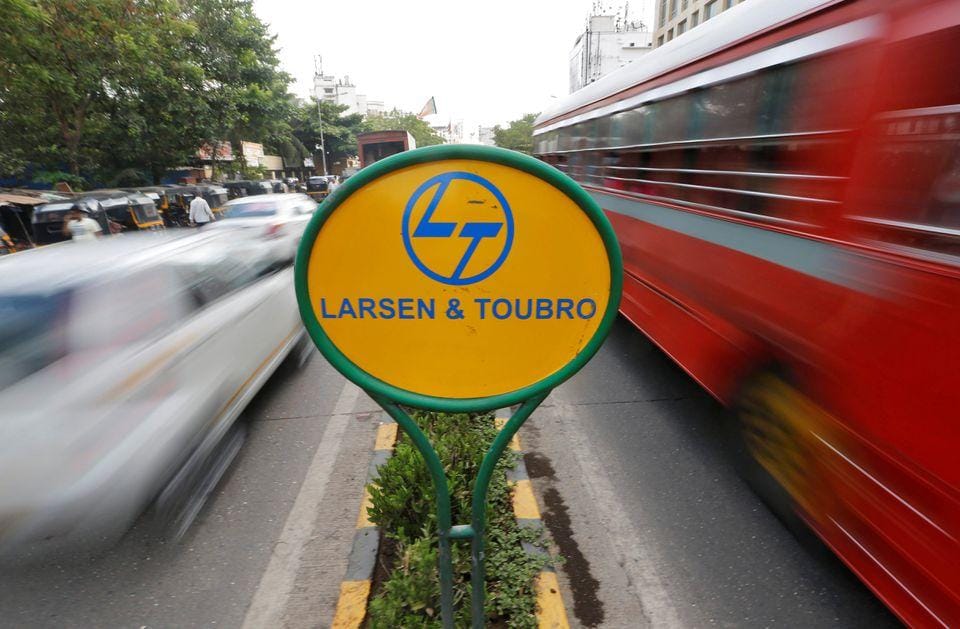Share of slow-moving projects in L&T capital goods order-books shrinks
The proportion of slow-moving orders in the overall order book for the engineering conglomerate Larsen & Toubro (L&T) is at a multi-year low. A combination of factors, such as commodity price fluctuations, robust order inflow, and strong sectoral demand, have accelerated capital goods order books, suggest analysts and company executives.
L&T, with its significant presence in the capital goods sector, is often seen as an indicator of trends in this space. For the quarter ended in June 2023, the company informed analysts that the proportion of slow-moving orders in its total book was at less than one per cent. As of June 23, L&T’s total order book stood at Rs 4.12 trillion.
An email enquiry sent to L&T requesting details on what led to the decrease in slow-moving orders remained unanswered.
However, L&T is not an anomaly. The company’s competitors confirm a similar trend. “The percentage of slow-moving orders in our order book at the moment is the lowest it has ever been,” said Ashish Bhandari, managing director and chief executive officer for Thermax Global.
“In the last two to three years, project-related approvals have either experienced an improved pace and have come for bidding after financial closure. Some have reached the bidding stage only once all clearances are in place. That has helped,” said Anupama Arora, vice president and sector head of Corporate Ratings at ICRA, commenting on the sector.
There is more to it than the streamlining of approvals. Order inflow has been robust for capital goods companies. For the quarter ended in June 2023, L&T reported a 57 per cent growth in order inflow, Thermax reported an 11 per cent growth in the order book, and CG Power and Industrial Solutions reported a 47 per cent rise in order intake, all on a year-on-year comparison. This robust order inflow, Arora said, also allows capital goods companies to choose projects and avoid those with potential delays.
The demand growth in certain sectors, Bhandari from Thermax added, is also shaping the clients’ perspective. “Clients have a demand pull, so they do not wish to stall projects,” he said. Another reason for the lower proportion of slow-moving orders, Bhandari said, was the stabilisation of the pandemic-disrupted supply chains.
Top executives from L&T have pointed out that orders booked at lower commodity prices during the pandemic have strained margins for the company.
This, Arora from ICRA said, has made both companies and clients aware of project timeframes. “The recent fluctuation in commodity prices has made both companies and clients conscious as many of these are fixed cost contracts,” she added, listing a renewed focus by capital goods EPC companies on shorter duration projects as another reason for the decrease in the proportion of slow-moving orders.
